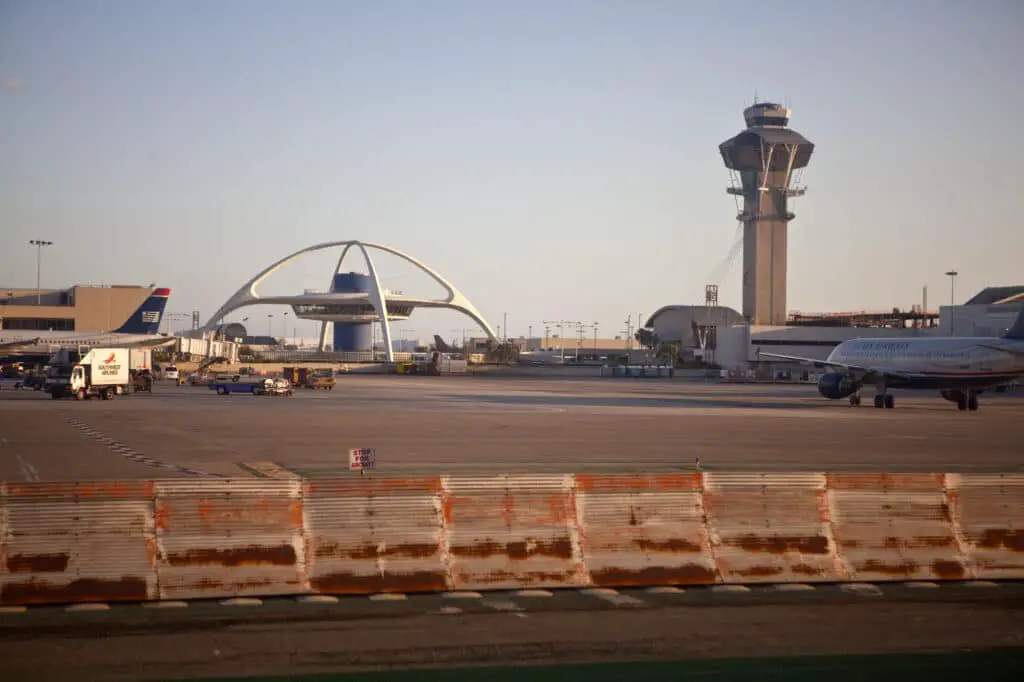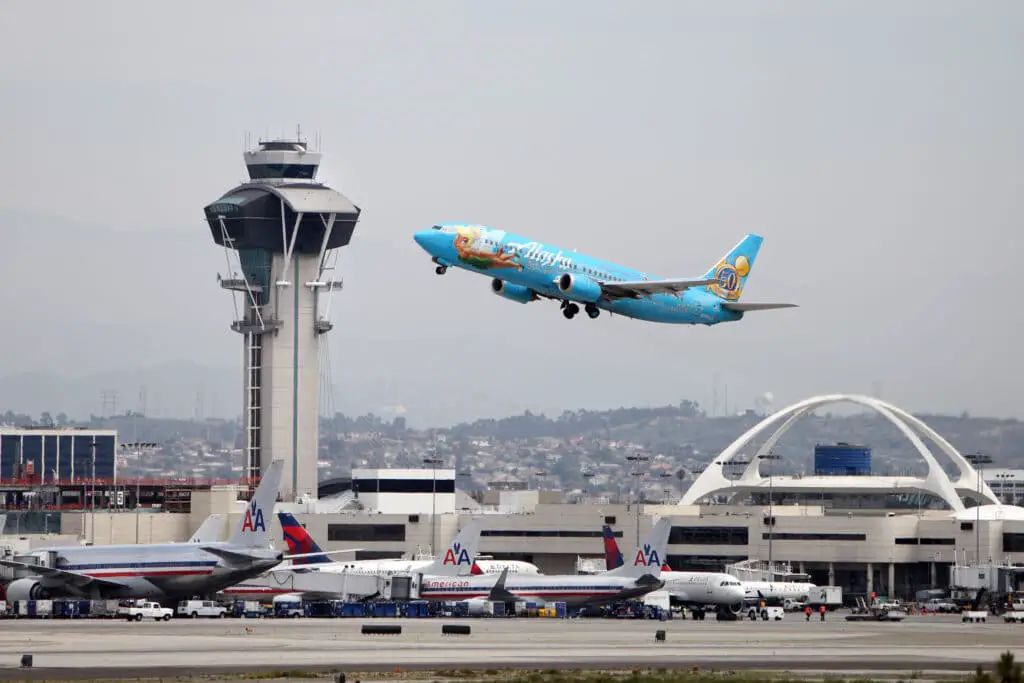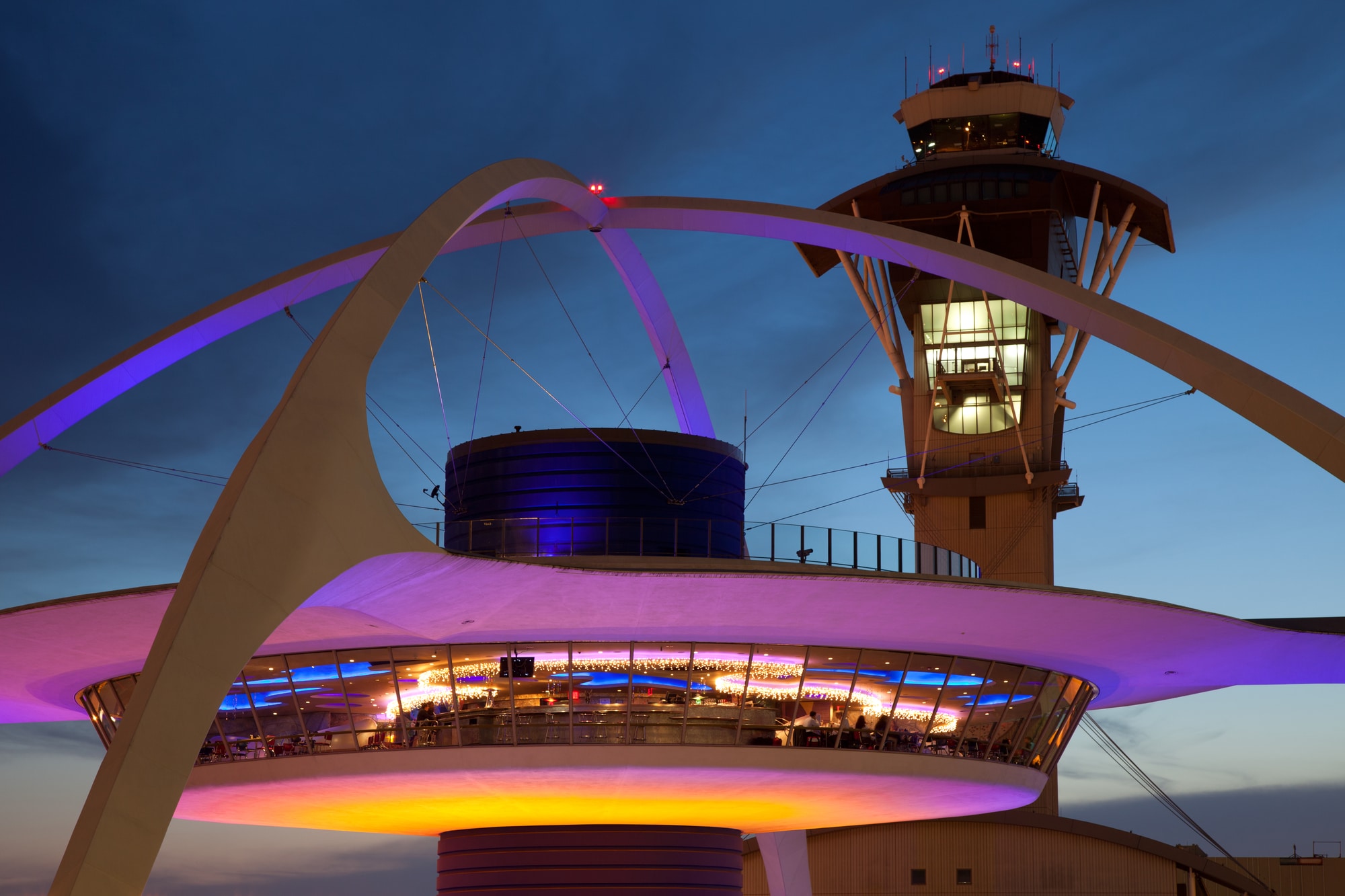If you’ve ever had a flight to or layover in Los Angeles, you may notice the airport code as LAX. Many people assume it refers to the runway or symbolizes the Los Angeles Airport as a whole. But this simply isn’t true.
So, what does the X stand for in LAX? It doesn’t stand for anything, actually. It’s the letter chosen when they renamed airports with three-letter identifiers sometime after 1930. Therefore, it’s merely a placeholder to comply with federal regulations.
It’s rather unexciting and unceremonious; there’s no mystery or nifty tidbit of information surrounding the letters. However, the Los Angeles Airport does have a bit of an interesting history and other factoids behind it.
Table of Contents
What Does the X Represent in LAX?
Prior to the 1930s, airports used two-letter abbreviations and they based this on the weather stations located there. But, to streamline the process of tracking millions of data, they changed this to three-letter identifiers in 1947. This helps sort out information such as flight plans and weather reports.
It was necessary to change them to three letters due to the rapid growth of the aviation industry. So, when they renamed the airport identifiers, they added an X to the previous LA for the Los Angeles Airport. There’s no other meaning for it.
Does LAX Have Another Name?

LAX doesn’t have any other names. However, some people will call it simply Los Angeles Airport. But, it does have a sobriquet, albeit not commonly used: “The Gateway to the Pacific Rim,” according to LAX’s own website.
Who Owns LAX Airport?
The Los Angeles World Airports (or LAWA) operates LAX, which is a division of the city government in Los Angeles. Therefore, the city of LA technically owns the airport. But this translates to the people and citizens of California, specifically those living in Los Angeles, owning the airport.
Related Article: What Happens if Your Luggage is Overweight?
What Was the First Airport in Los Angeles?
The first airport in Los Angeles appeared in October of 1928 and they called it “Mines Field.” They built the first structure in 1929, Hangar No. 1, which still stands at the airport today. It started with private pilots and flying schools. Then in June of 1930, it became the Los Angeles Municipal Airport.
What is the History of LAX Airport?
At one time, the area that now covers Los Angeles Airport was farming land, producing things like wheat, lima beans and barley. During World War II, the military commandeered the airport for using fighter planes and building naval gun batteries. However, shortly after the war, it became the massive travel hub as we know it today.
Is LAX the Biggest Airport in the World?

LAX is a huge airport with tons of traffic, but it is not the biggest in the world by all technical standards. It’s the globe’s third busiest and the second largest in the United States. But these statistics vary depending on where you’re looking and if you’re referring to passengers or just foot traffic in general.
For instance, LAWA states it’s the fourth largest in the world according to the number of passengers they get each year. CNN also reported the following:
[In 2019], Los Angeles International Airport was the third busiest with more than 88 million passengers last year…
However, it is considered the largest and busiest international airport lining the West Coast.
Many travelers from places like New Zealand, Australia, Southeast Asia, Central America and Mexico pass through LAX as a gateway to other destinations throughout the US. This means LAX holds the world’s record for the busiest origin and destination airport. Plus, it is a major hub for passenger airlines more than any other city in the United States.
Final Thoughts
The X in LAX is a letter placeholder to comply with federal naming regulations. It doesn’t actually mean anything specific and it’s not a symbol for the airport itself. It’s the third (or fourth) largest airport in the world and sees millions board and disembark from planes each year.
While LAX may not be very interesting, the history of the airport and it accompanying statistics are quite intriguing. It’s been in existence since before World War II and has been an important part of American infrastructure.

